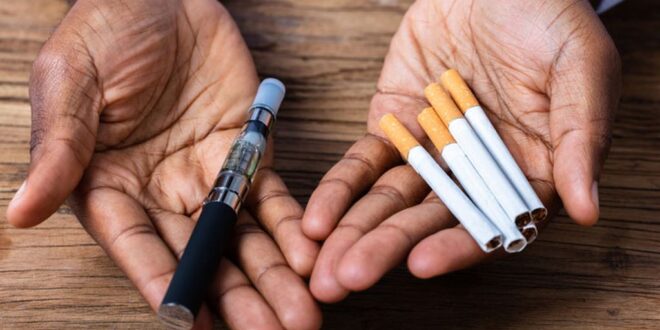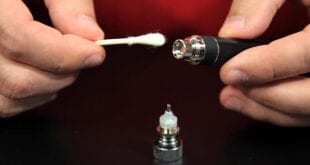The vaping industry has gained significant popularity in recent years as an alternative to traditional cigarette smoking.
Vape juice, or e-liquid, is an essential component of the vaping experience. Many people are curious about the composition of vape juice and its safety compared to traditional cigarettes. In this article, we will explore the ingredients of vape juice and discuss why it is considered a safer alternative to cigarettes.
Vape Juice: The Basics
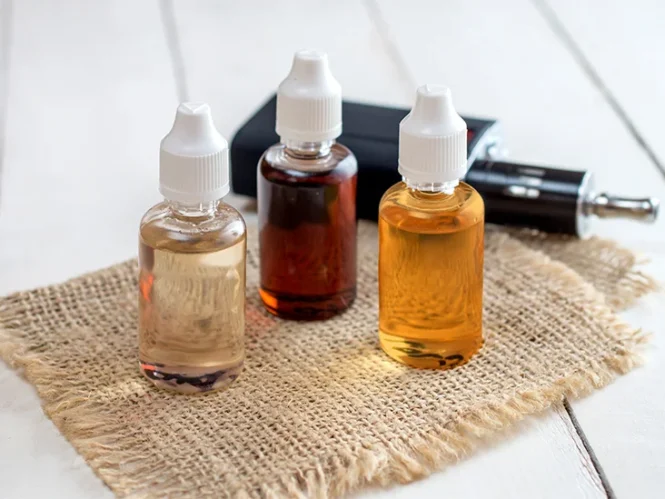
Vape juice, also known as e-liquid or vape oil, is a liquid solution used in electronic cigarettes and vaporizers. It is heated to produce an aerosol, which is inhaled by the user. The primary components of vape juice include a base mixture, nicotine (optional), and flavorings. The base mixture is typically composed of propylene glycol (PG), vegetable glycerin (VG), or a combination of both. These ingredients are considered generally safe for consumption and are found in various food and pharmaceutical products.
Propylene Glycol (PG)
Propylene glycol is a colorless, odorless liquid that is used as a humectant, solvent, and preservative in various industries, including food, pharmaceuticals, and cosmetics. In vape juice, PG acts as a carrier for nicotine and flavorings, providing a “throat hit” sensation that mimics traditional cigarette smoking. PG has been deemed safe for consumption by the US Food and Drug Administration (FDA) and the World Health Organization (WHO).
Vegetable Glycerin (VG)
Vegetable glycerin, a clear and odorless liquid, is derived from plant oils, such as soybean, palm, and coconut oil. VG is a common ingredient in food, pharmaceuticals, and personal care products, as it is non-toxic and hypoallergenic. In vape juice, VG is responsible for producing the vapor clouds when heated. VG is recognized as safe for consumption by the FDA and WHO.
Nicotine
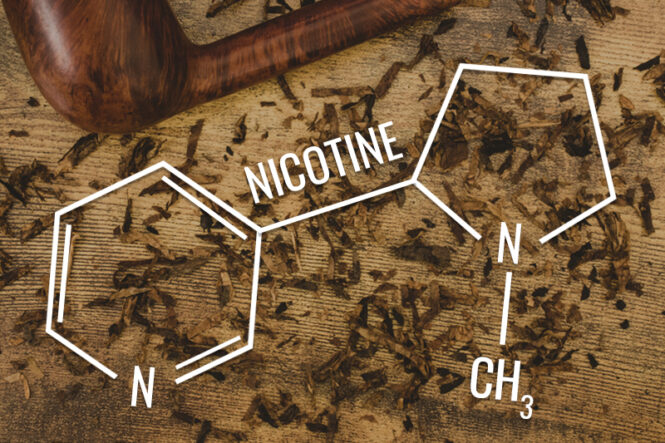
Nicotine is an optional ingredient in vape juice and is available in varying concentrations. It is a stimulant derived from the tobacco plant and is the primary substance responsible for the addictive nature of cigarettes. However, when used in vape juice, nicotine is not combusted, reducing the harmful effects associated with traditional cigarette smoking.
Flavorings
Vape juice manufacturers use various flavorings to create a wide range of e-liquid flavors. These flavorings can be natural or artificial and are usually food-grade. While most flavorings are considered safe for ingestion, it is important to note that not all flavorings have been extensively tested for inhalation safety.
Why Vaping is Safer than Cigarettes
While vaping is not entirely risk-free, it is widely accepted as a safer alternative to traditional cigarette smoking. Here are a few reasons why:
1. Reduced Harmful Chemicals
Cigarette smoke contains thousands of harmful chemicals, many of which are known carcinogens. The combustion of tobacco produces tar, carbon monoxide, and other toxic substances that can lead to various health issues, including lung cancer, heart disease, and respiratory illnesses. In contrast, vaping does not involve combustion, significantly reducing the number of harmful chemicals inhaled by the user.
2. Customizable Nicotine Levels
Vape juice offers users the flexibility to choose their nicotine levels, making it easier to gradually reduce nicotine consumption and ultimately quit smoking. This customizable feature can help smokers transition away from traditional cigarettes while still satisfying their nicotine cravings.
3. Less Secondhand Smoke
Secondhand smoke from cigarettes poses a serious health risk to non-smokers, contributing to various illnesses and even premature death. Vaping produces significantly less secondhand exposure, as the aerosol produced quickly dissipates in the air and contains fewer harmful chemicals than cigarette smoke. This reduced exposure makes vaping a more considerate option for those around the user.
4. Improved Air Quality
Cigarette smoke lingers in the environment, contributing to poor air quality and unpleasant odors. Vaping, on the other hand, does not have the same lingering effect on air quality. The vapor produced quickly dissipates, and the aroma associated with various e-liquid flavors is often considered more pleasant and less intrusive than cigarette smoke.
5. No Smoke-Related Discoloration
Cigarette smoke can cause discoloration of walls, furniture, and other surfaces over time, leading to an unappealing environment. Vaping does not produce smoke, thereby eliminating the risk of smoke-related discoloration and damage to surfaces.
Conclusion
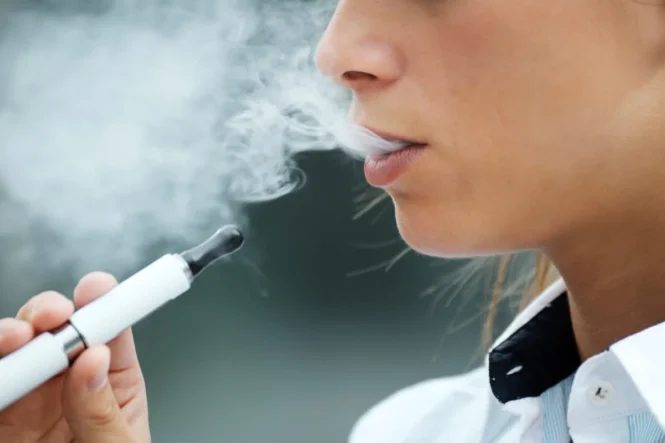
Vape juice, composed primarily of propylene glycol, vegetable glycerin, nicotine (optional), and flavorings, is a crucial component of the vaping experience. While the safety of some flavorings for inhalation is still being researched, vaping is generally considered a safer alternative to traditional cigarette smoking due to the reduced number of harmful chemicals, customizable nicotine levels, less secondhand smoke exposure, improved air quality, and the absence of smoke-related discoloration.
It is essential to note that while vaping may be a safer option than smoking, it is not without risks, particularly for those who have never smoked. Therefore, it is always recommended to consult with a healthcare professional before making any decisions regarding vaping or smoking cessation.
 Imagup General Magazine 2024
Imagup General Magazine 2024
